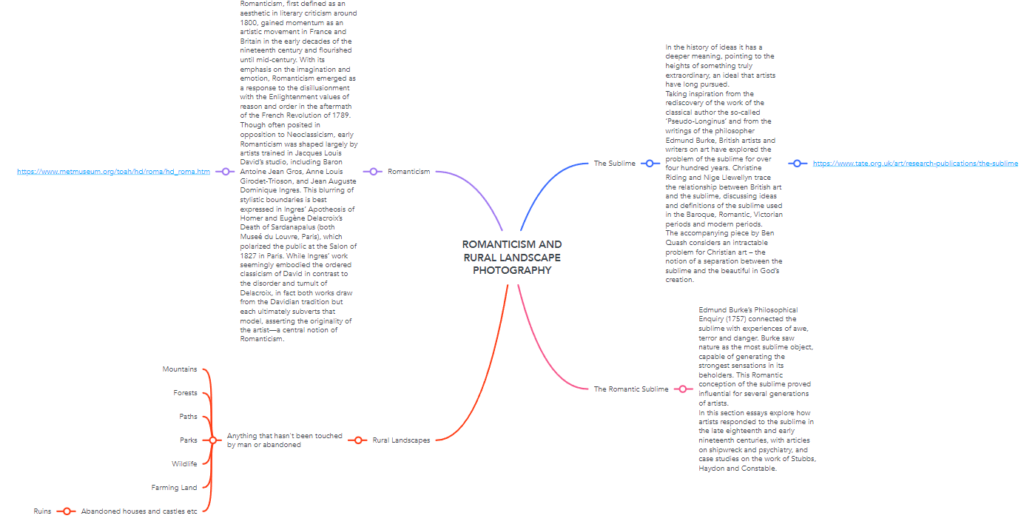
https://www.andylegresley.com/portfolio/landscape/our-favourites/
“Writers and artists rejected the notion of the Enlightenment, which had sucked emotion from writing, politics, art, etc. Writers and artists in the Romantic period favored depicting emotions such as trepidation, horror, and wild untamed nature.”
“The ideals of these two intellectual movements were very different from one another. The Enlightenment thinkers believed very strongly in rationality and science. … By contrast, the Romantics rejected the whole idea of reason and science. They felt that a scientific worldview was cold and sterile.”

Caspar David Friedrich 1832 Germany
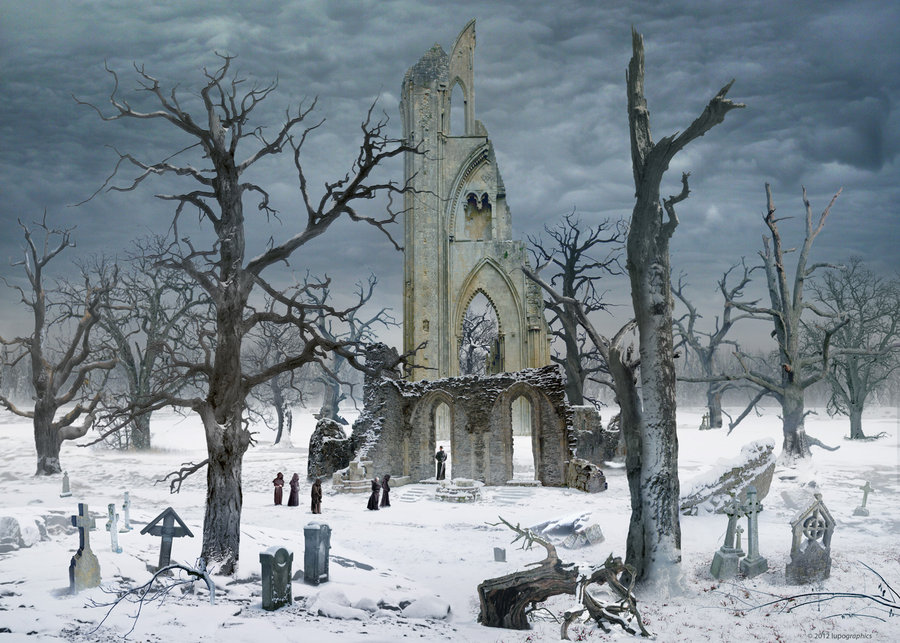
The Age of The Enlightenment (1700-1800ish)
The Enlightenment is a European intellectual movement in the 17th and 18th centuries, it concerned God, reason, nature, and humanity were synthesized into a worldview that gained wide assent in the West and that instigated revolutionary developments in art, philosophy, and politics.
Central to Enlightenment thought were the use and celebration of reason, the power by which humans understand the universe and improve their own condition. The goals of rational humanity were considered to be knowledge, freedom, and happiness.
Historians place the Enlightenment in Europe (with a strong emphasis on France) during the late 17th and the 18th centuries, or, more comprehensively, between the Glorious Revolution in 1688 and the French Revolution of 1789. It represents a phase in the intellectual history of Europe and also programs of reform, inspired by a belief in the possibility of a better world, that outlined specific targets for criticism and programs of action.
The Age of Romanticism (1800-1900ish)
The Industrial Revolution got into swing in the later part of the 18th century, starting in England and spreading to France and America. This revolution brought with it a new (system where supply and demand controls prices and production), based on new technology–machine tools and machine power instead of human tools and animal power.
Villages exploded into city based centres and people moved to them from farms and the countryside to take jobs in newly opened factories. With little to no rules in place, these jobs could be violent/difficult.
While (when a country builds factories and manufactures lots of things) made (products normally found in stores) cheaper and increased the production of food, there were those who looked back on the past wishingly, seeing it as a romantic period before people were (made money from) and nature ruined/diseased and destroyed.
At the same time, there was a growing reaction against the way of thinking of the Understanding, which drew attention to science, evidence (that was actually seen), and clear thinking above all. Romantics challenged the idea that reason was the one path to truth, judging it not enough in understanding the great mysteries of life. These mysteries could be uncovered with feeling of love, hate, guilt, etc., imagination, and (gut feeling or deep-down opinion). Nature was especially celebrated as a classroom for self-discovery and (related to religion or the soul) learning, the place in which mysteries could be showed/told to the mind of man. Romantics drew attention to a life filled with deep feeling, (interest in religion/belief in a higher power), and free expression, seeing such good qualities/advantages as a wall against the terrible effects of (when a country builds factories and manufactures lots of things). They also praised the value of human beings, which they believed to have (without limits or an end), godlike (possible greatness or power).
Artists of the Romantic Period tried to capture these ideals in their work. They rejected the rationalism and rules-driven orderliness that characterized the Neoclassical style of the Enlightenment. Like Baroque artists, Romantic artists hoped to inspire an emotional response in those who viewed their art; but instead of seeking to inspire faith as their predecesors had, most sought to evoke a nostalgic yearning for rural, pastoral life, the stirrings of life’s mysteries, and a sense of the power and grandeur of nature. Art of this period also depicted the romantic ideal of nationalism, but for reasons of length, we will focus on landscapes in this post.
Carelton E. Watkins (1829–1916)
Carleton E. Watkins is considered one of the greatest photographers of the American West. Traveling the western United States, he made thousands of mammoth and imperial plate photographs of the Yosemite Valley, Columbia River, the Sierra Nevada, and the Pacific Coast in Oregon. His pictures of Yosemite Valley served an essential role in Congress’ establishing Yosemite as a National Park in 1864. Watkins’ photographs of the West remain as important historical documents of the landscape, showing a moment before the onslaught of massive development.
Ansel Adams
Adam’s was a Photographer and a Conservationist. “At one with the power of the American landscape, and renowned for the patient skill and timeless beauty of his work (see Ansel Adams Yosemite black & white photographs & original prints), photographer Ansel Adams has been a visionary in his efforts to preserve this country’s wild and scenic areas, both on film and on Earth. Drawn to the beauty of nature’s monuments, he is regarded by environmentalists as a monument himself, and by photographers as a national institution. It is through his foresight and fortitude that so much of America has been saved for future Americans.”
Image Analysis

I like how the image uses soft lighting which reflect on the rocks especially in the foreground and in the background harsh lighting. This image looks like it was taken roughly mid-morning as you can see that the sun is rising from the mountains in the background. The rocks give the image texture with the reflection of the sun giving the image curvy lines. The geometric rocks almost look like a pattern which in repeated hundreds of times. There isn’t much negative space within this photograph making it rather busy. There’s lots of tones within this image from the dark rocks with a reflection to the beaming sun shining through the mountains which portrays a sense of depth through the rocks.
I specifically like tis image as it’s monochrome however there’s a wide range of different shades in the photograph. Monochrome images can help us to understand the subject better for example in 1943 and 1944, Ansel Adams made several trips from Yosemite to the Manzanar Relocation Centre, located at the foot of Mount Williamson, where Japanese and Japanese-American citizens were interned after the attack on Pearl Harbour where he Deeply distressed by the situation, Adams photographed the people and conditions. Adams had visited this place several times, but the conditions had not been right for photographing Mount Williamson, whose dark granite rock tended to blend into the sky.
He needed clouds to make the photograph work. He later commented, “When the clouds and storms appear the skies and the cloud-shadows on the mountain bring everything to life, shapes and planes appear that were hitherto unseen. Mountain configurations blend with and relate to those of the clouds. Paul Strand said to me at Taos, at my meeting with him in 1930 that was of such importance to my photography: ‘There is a certain valid moment for every cloud’.” For my photoshoot I would like it follow how Ansel took his photographs ensuring not only bright light but plenty of clouds in the sky.
Rural Landscape Photography
Examples of Photographers:
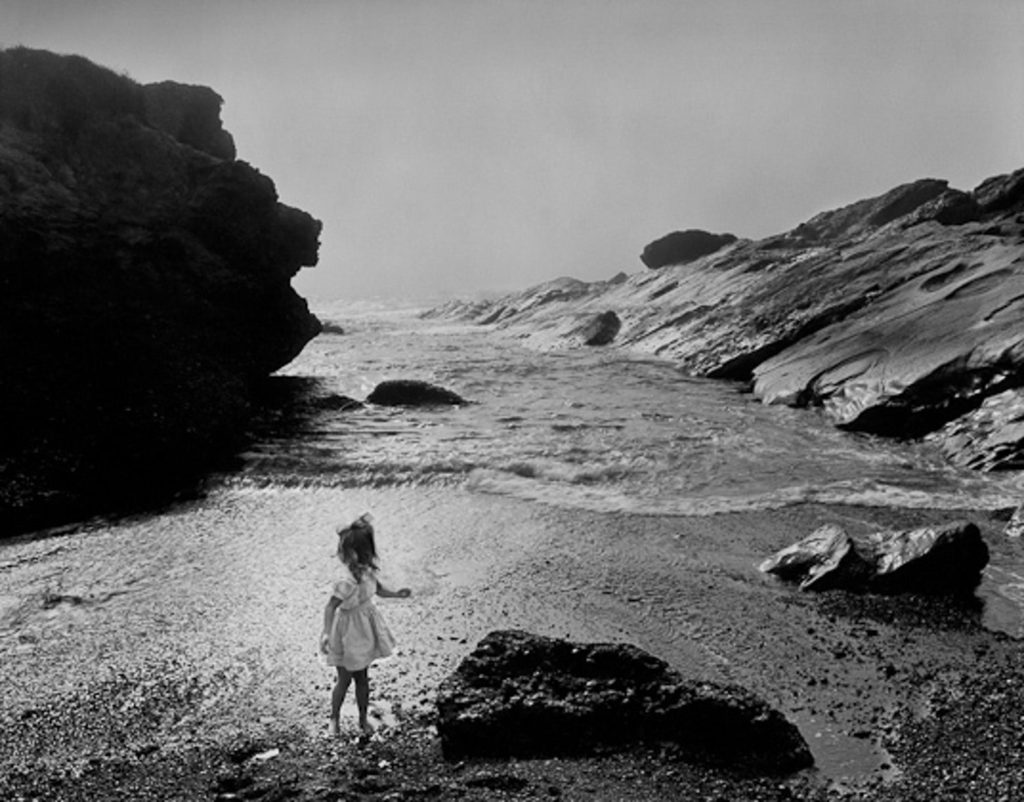
Wynn Bullock 
Wynn Bullock 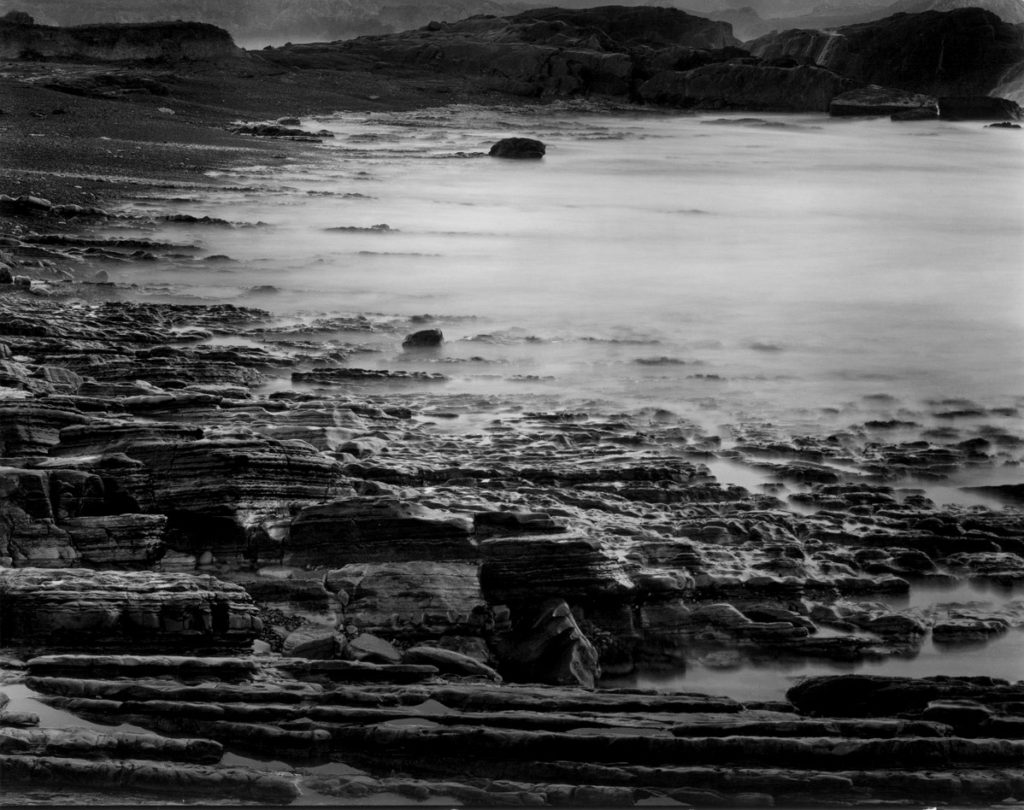
Wynn Bullock 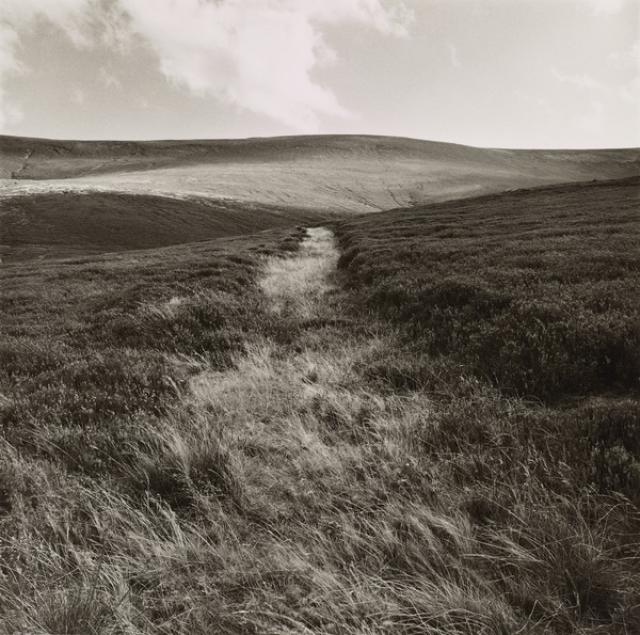
Fay Godwin 
Fay Godwin 
Fay Godwin 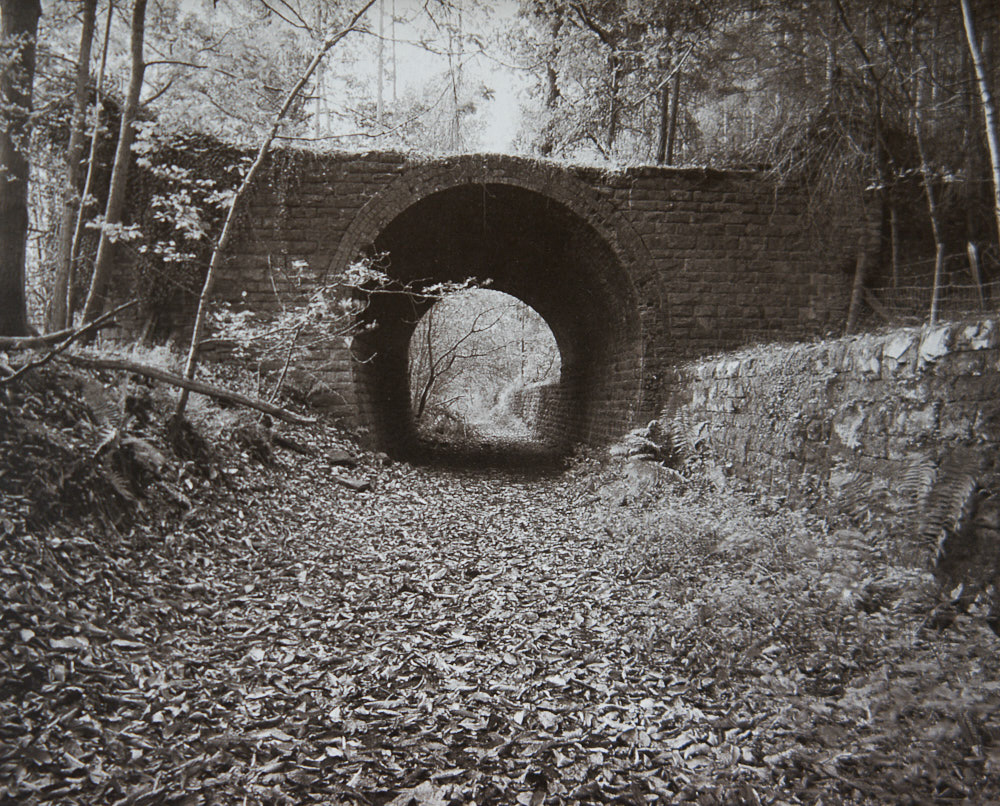
Fay Godwin 
Fay Godwin 
Edward Weston 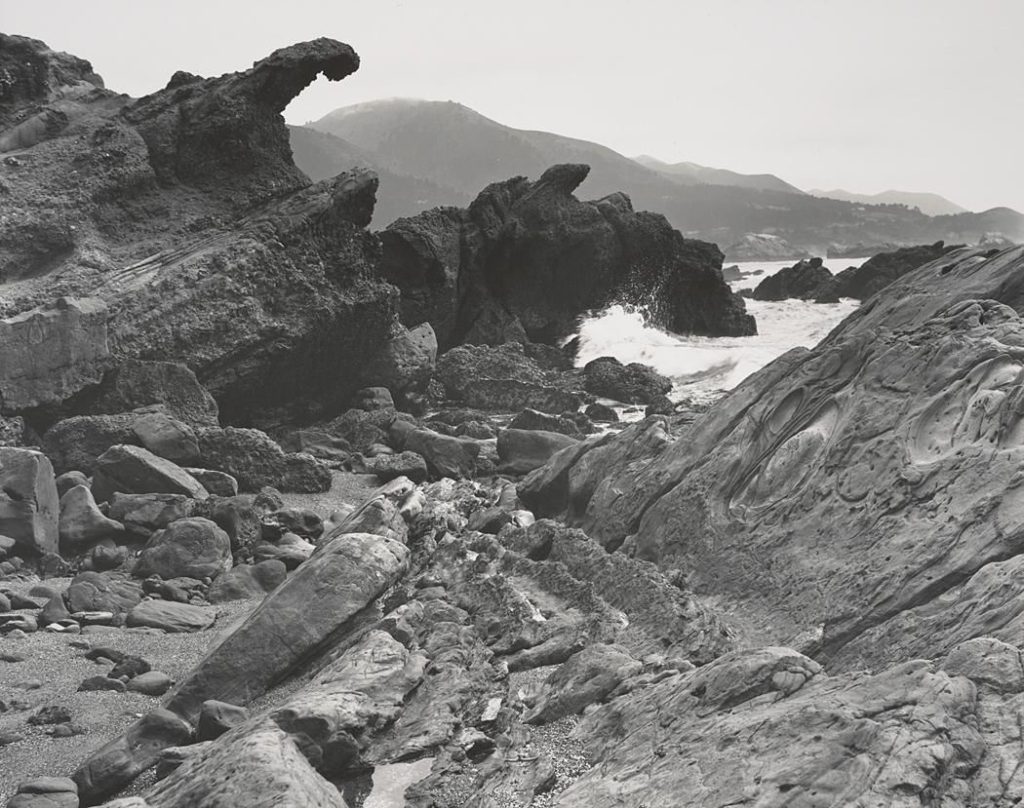
Edward Weston 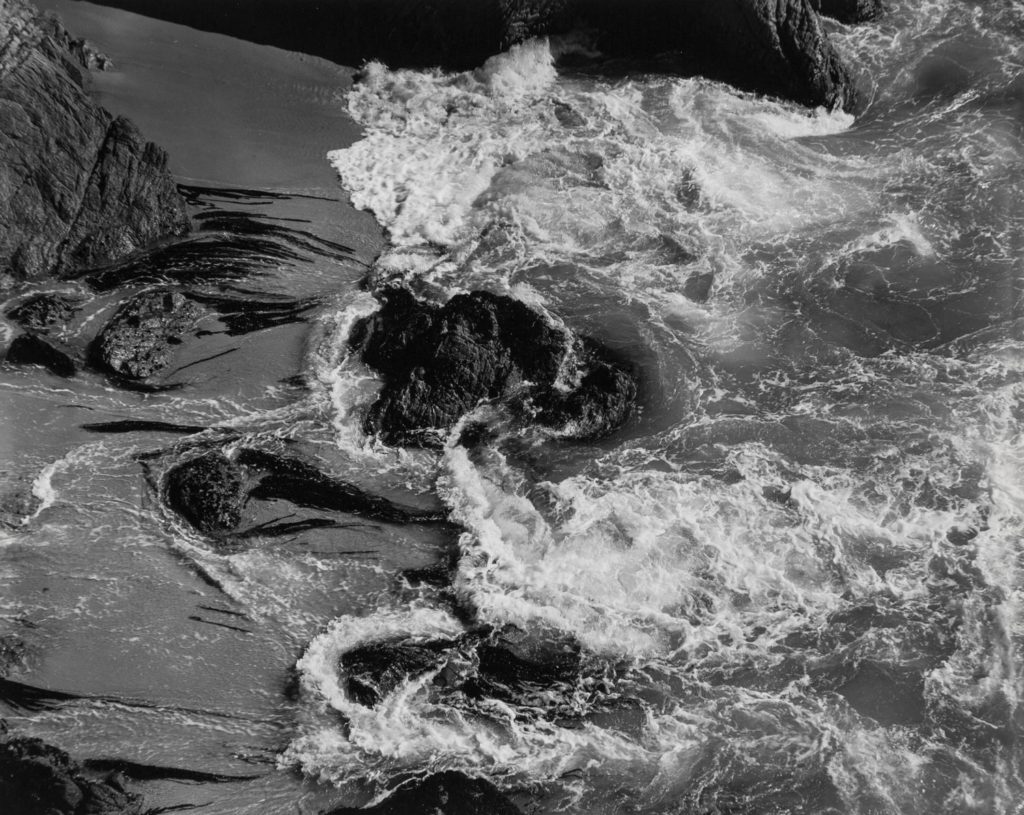
Edward Weston 
Minor White 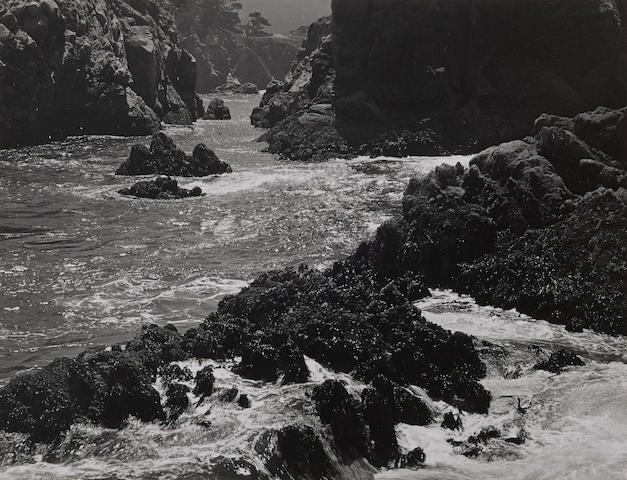
Minor White 
Minor White 
Don McCullin
Photoshoot plan
Ideal camera settings for landscape photography…
Aperture: F/16.
Shutter speed: a low shutter speed mainly due to fading light (dawn/ dusk), so to avoid camera shake use a tripod. ISO: 100 to maintain maximum quality and minimum grain.
Exposure bracketing: use this technique to control exposure in low light situations.
I plan to take photos of…
- Coastline
- The sea – Beaches with plenty of rocks i.e.. St Catherine’s Breakwater, Le Rocque Harbour
- Fields – Fields where there are trees and maybe people in the background which could assist with me telling a story
- Park – Little greenery park with benches
- Woods – St Saviours woods again however I would like to stand on the pavement surrounding the woods looking down into it
My Images

Artist Response
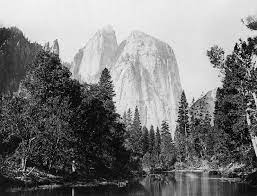
Carelton E. Watkins 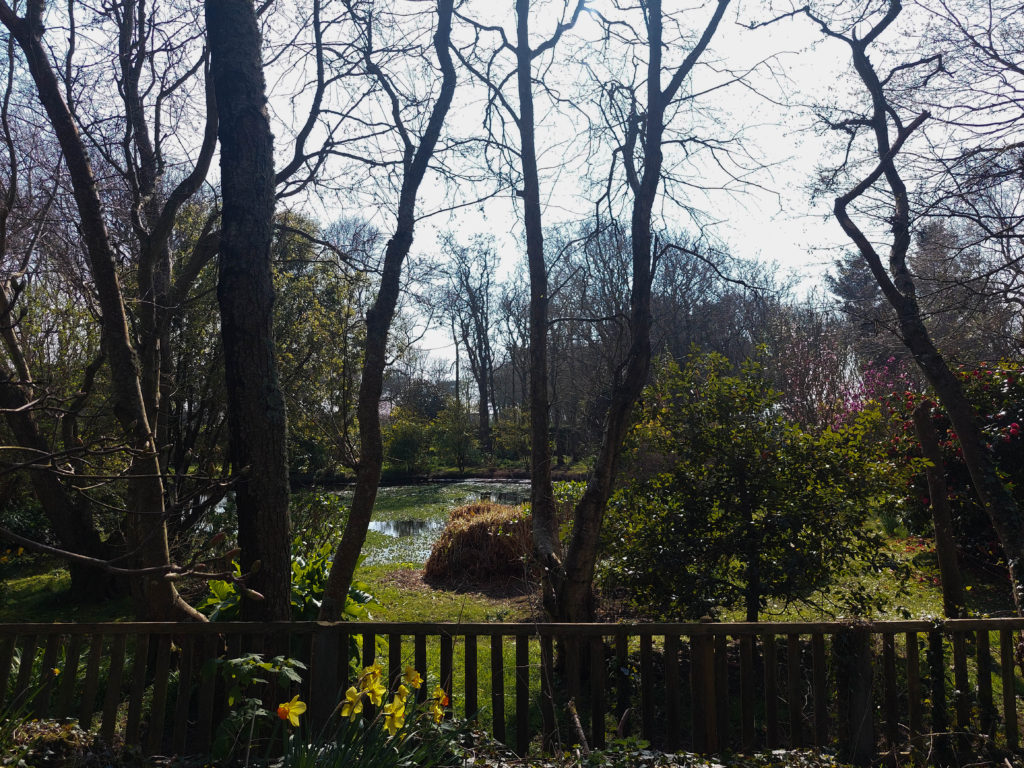
My Unedited Image
Experimentation
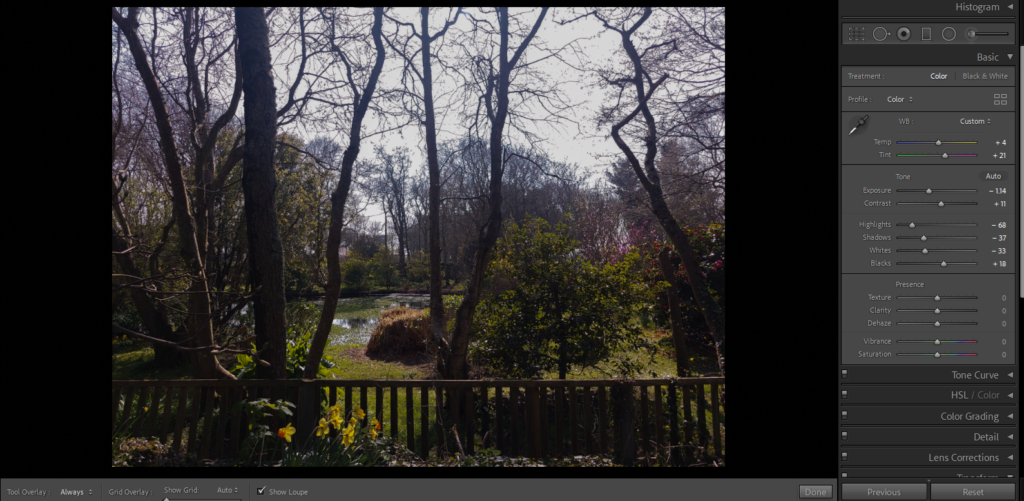
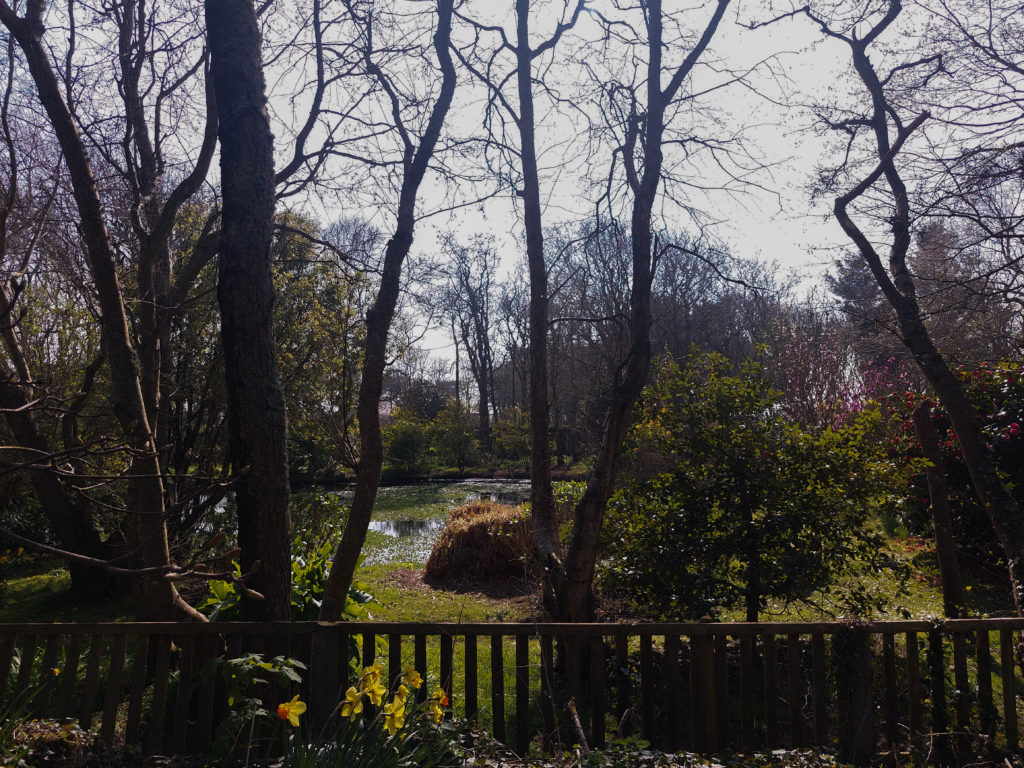
Urban-
relating to a city or town which are densely populated living relating to the experience, lifestyle of the surroundings.
Urban Decay
Urban Decay Photography uses abandoned and rundown buildings
old and abandoned buildings have a lot of character and personality in a darker and grimmer sort of way. I want to use this to tell almost a story with my images and to put across my point I plan to shoot from unconventional perspectives and angles to really highlight the character of these old buildings. I could shoot upward to exaggerate the hugeness of a room and/or I could shoot at an angle to stress the sense of disorientation.
Examples of photographers…
- Gina Soden
- Tim Crooks
- Irina Souiki
- Mark Gagne
- Rob Dobi
- Christina Tullo
- Zach Fein
Photoshoot Plan
I plan to shoot in two different locations…
- An Abandoned House
- Brewery

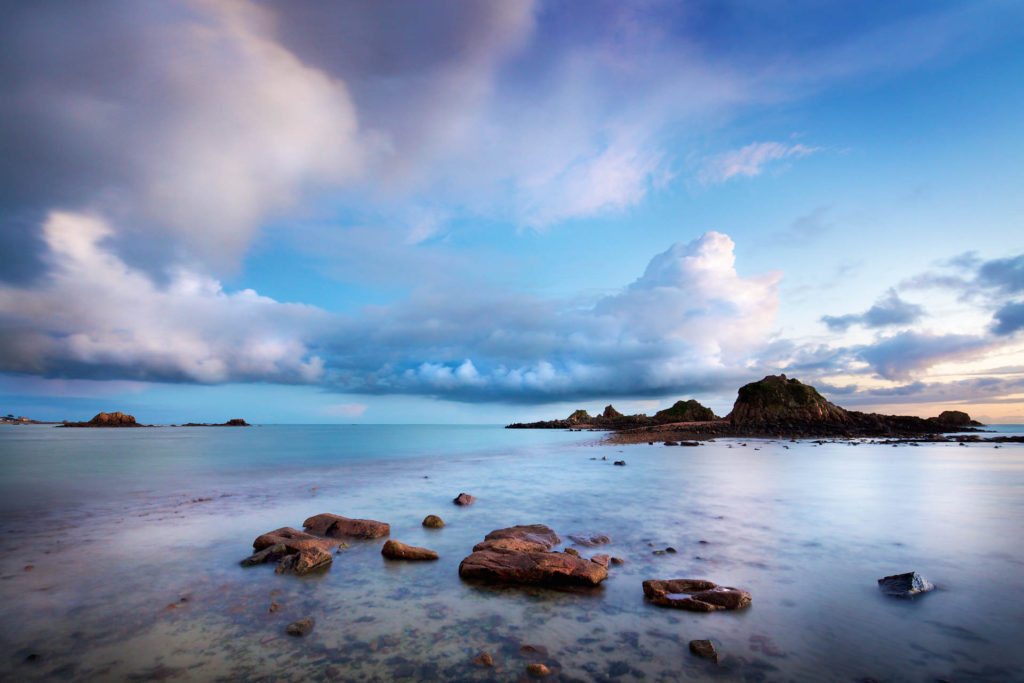
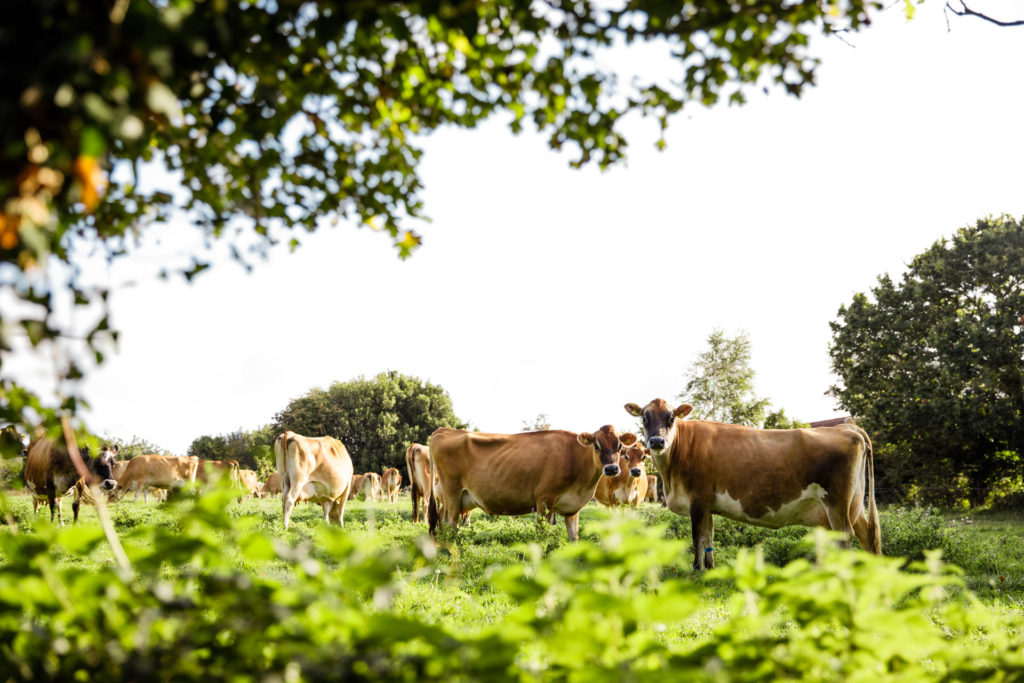






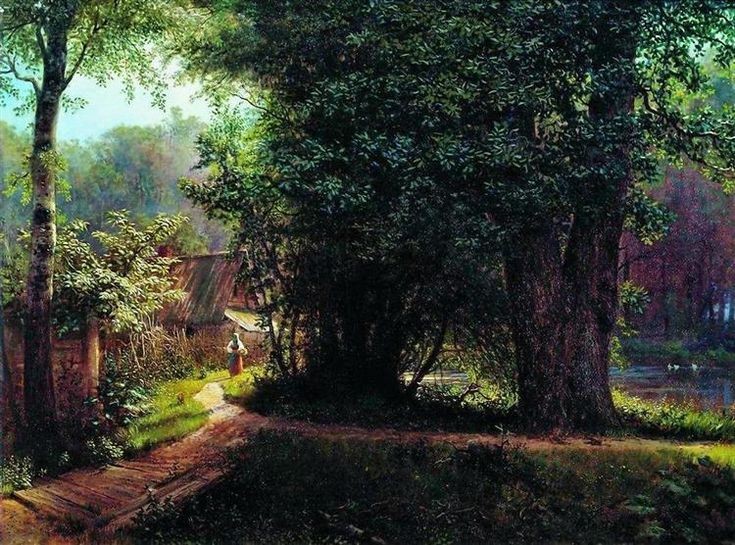



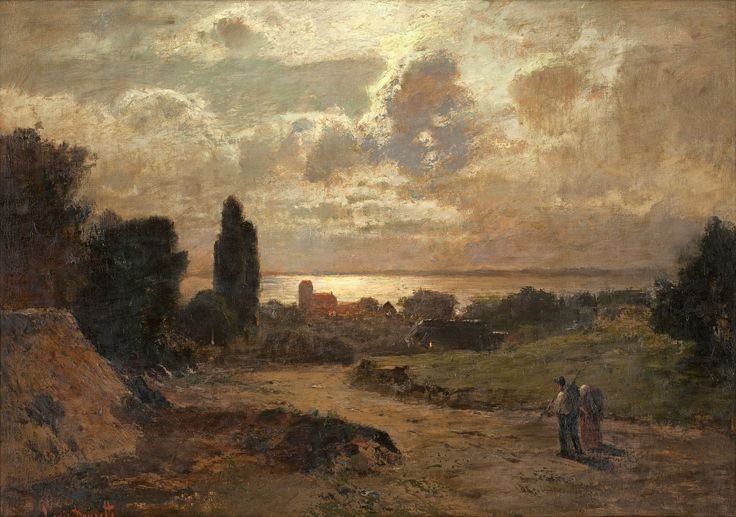
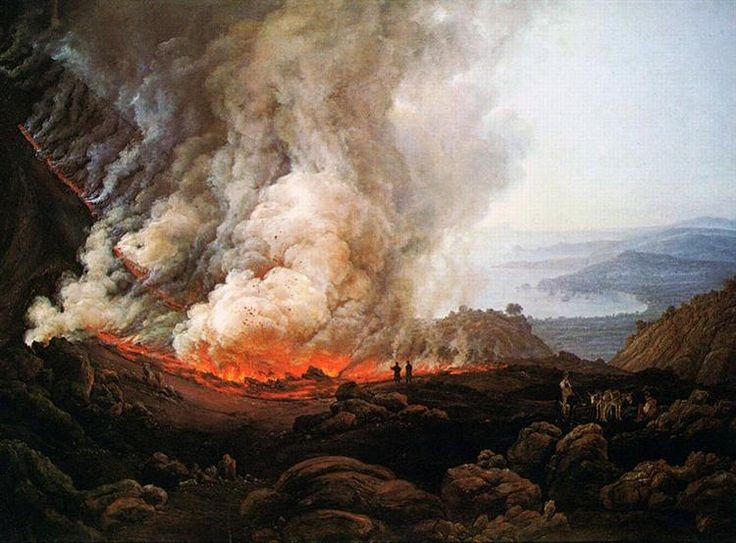


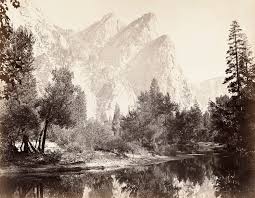
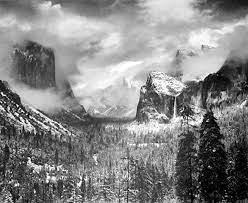
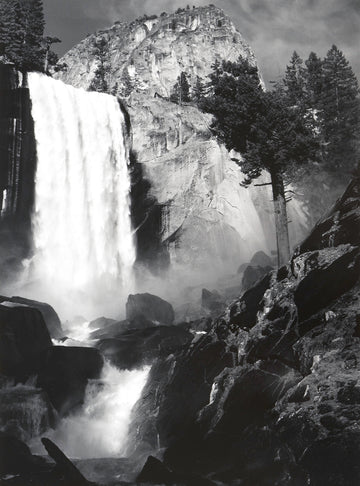
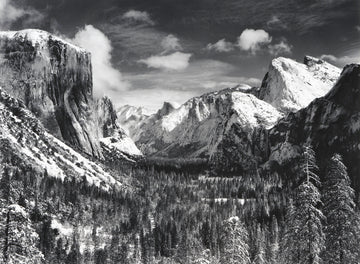
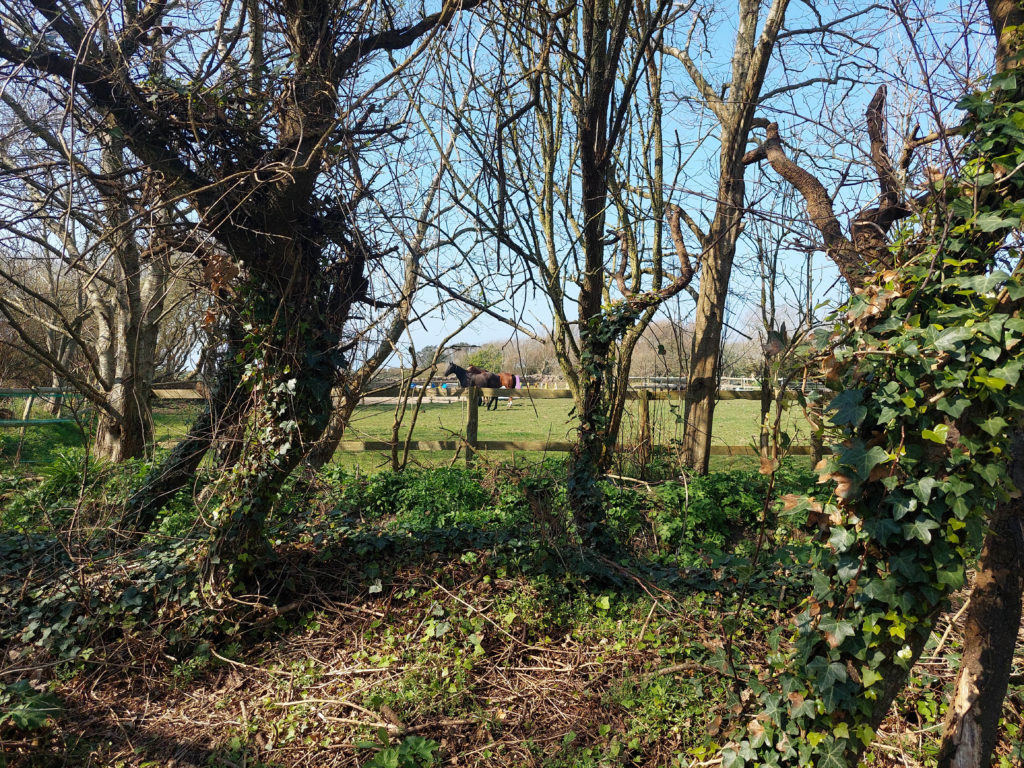
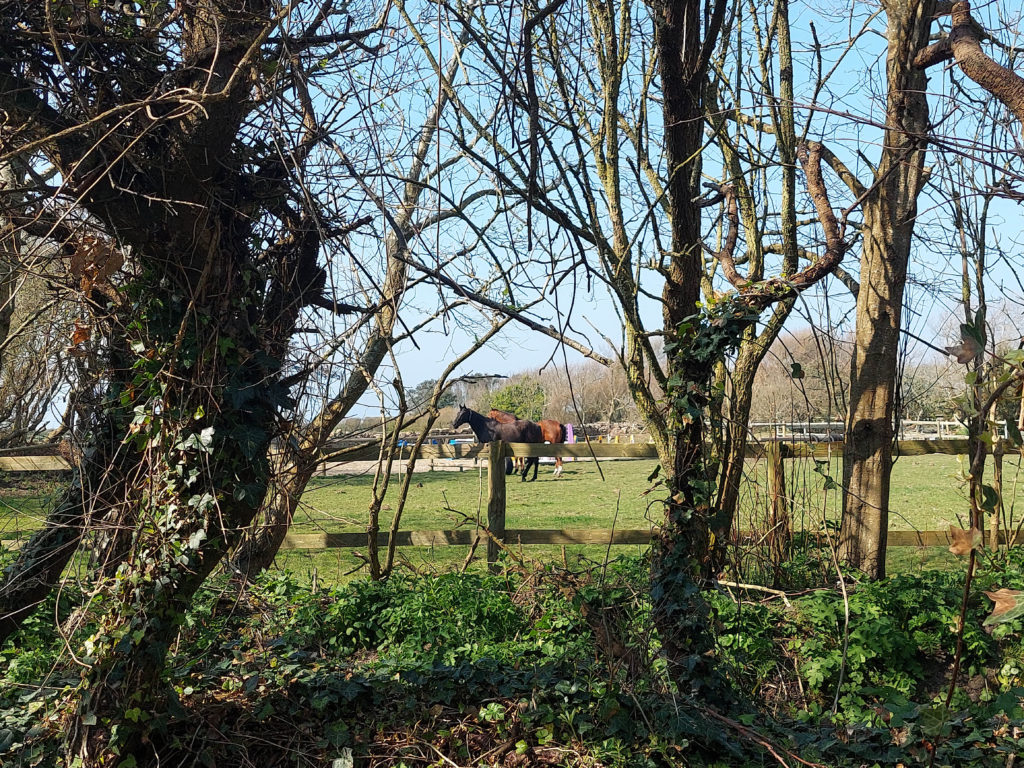

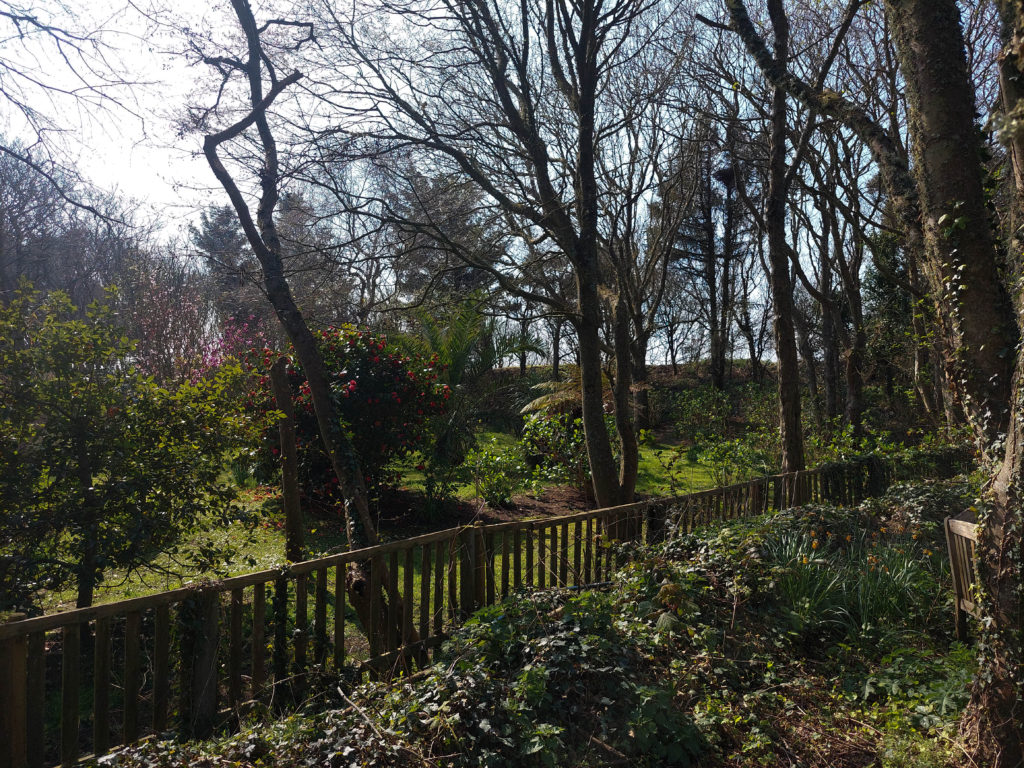
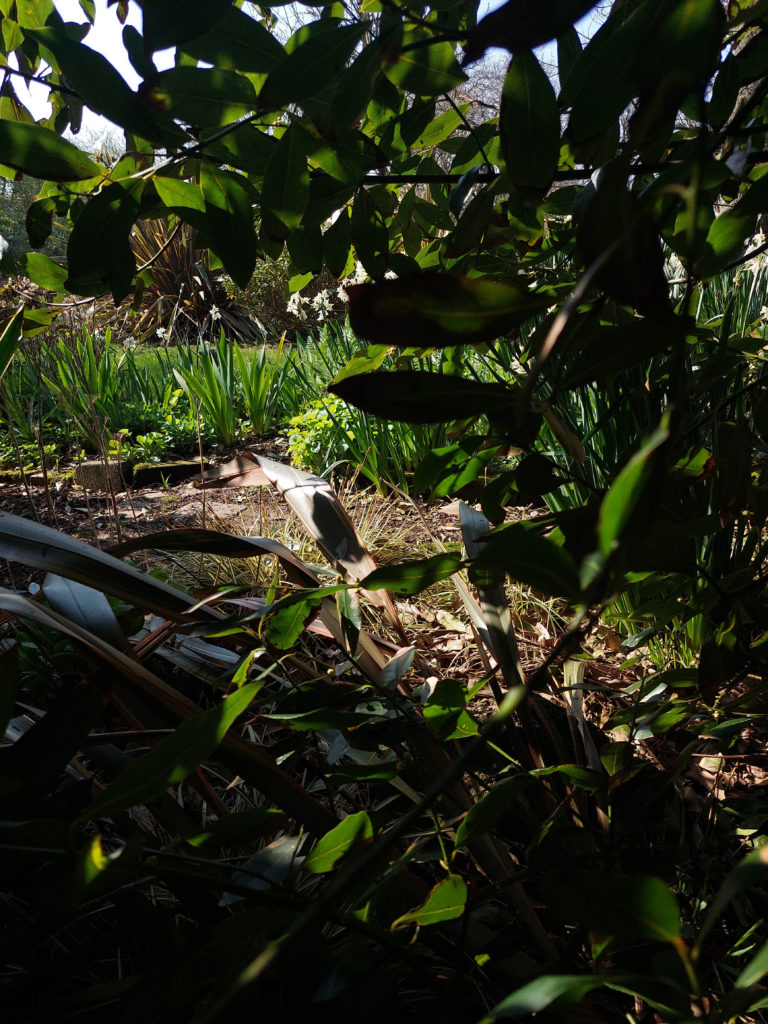
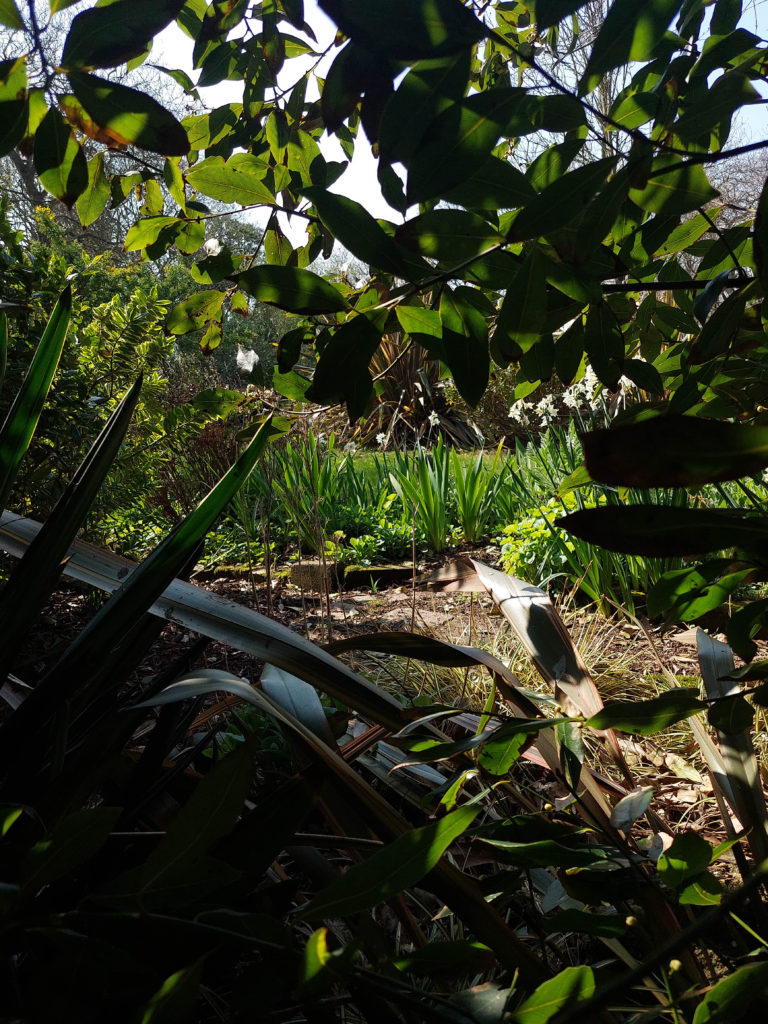











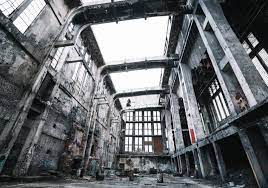







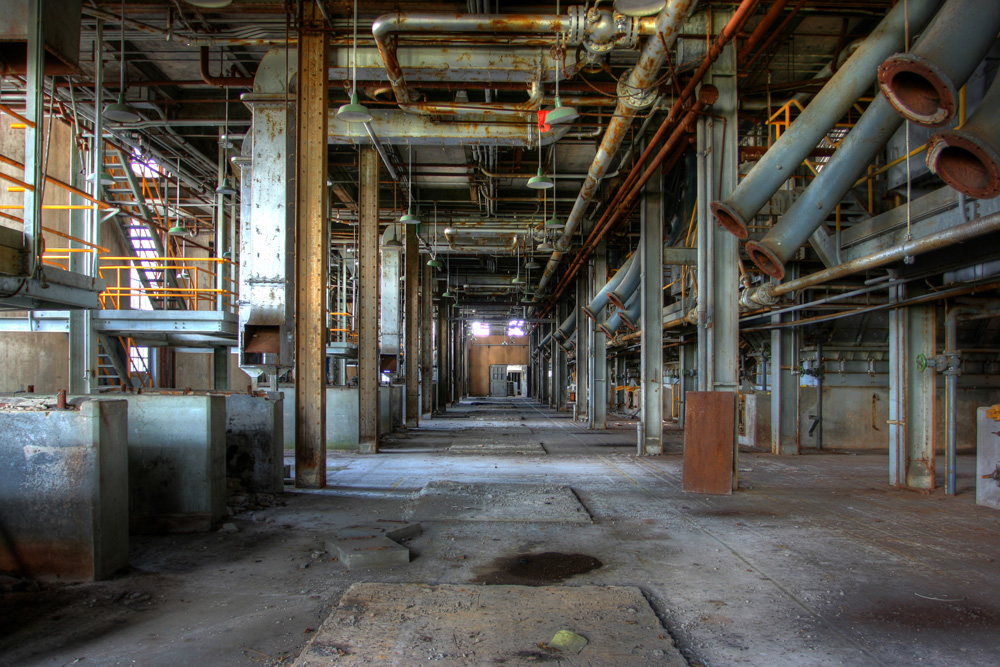

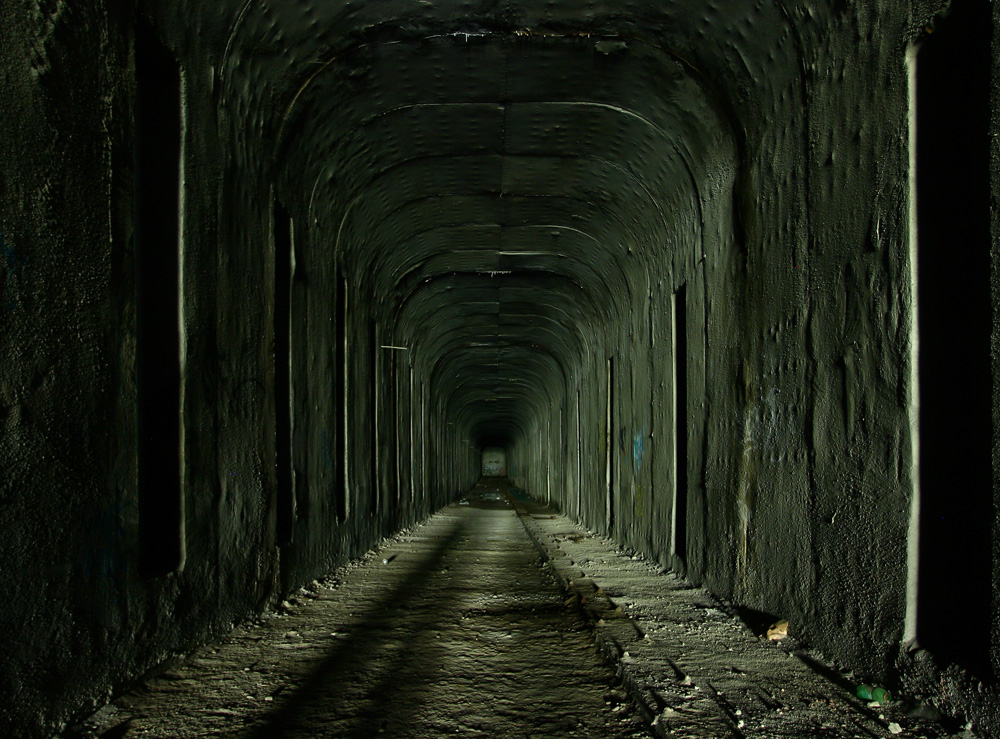
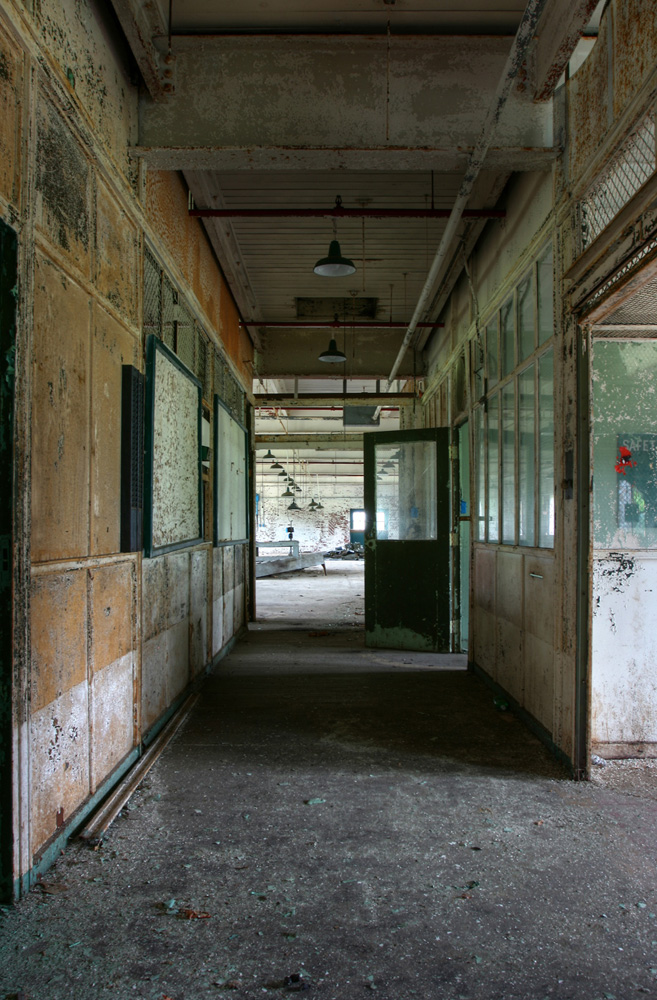

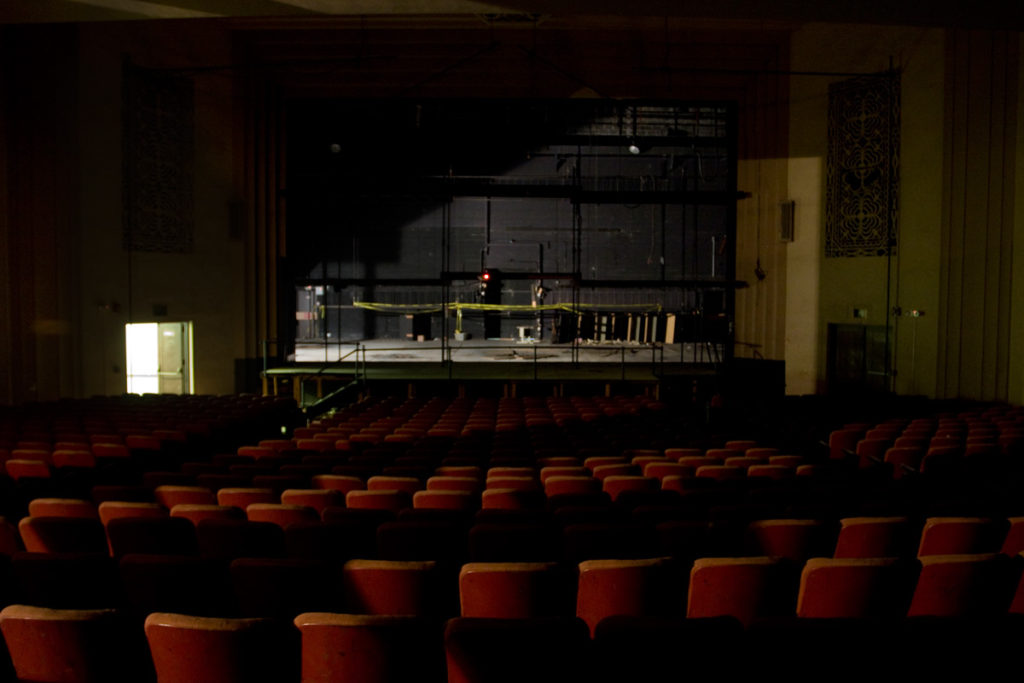



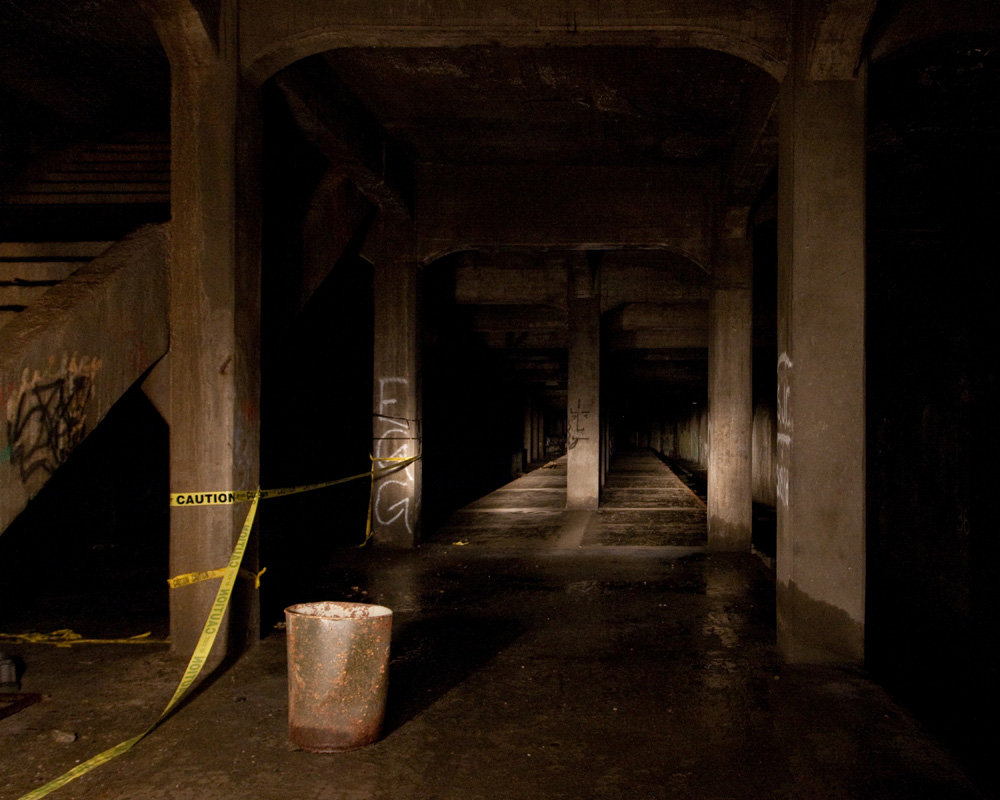
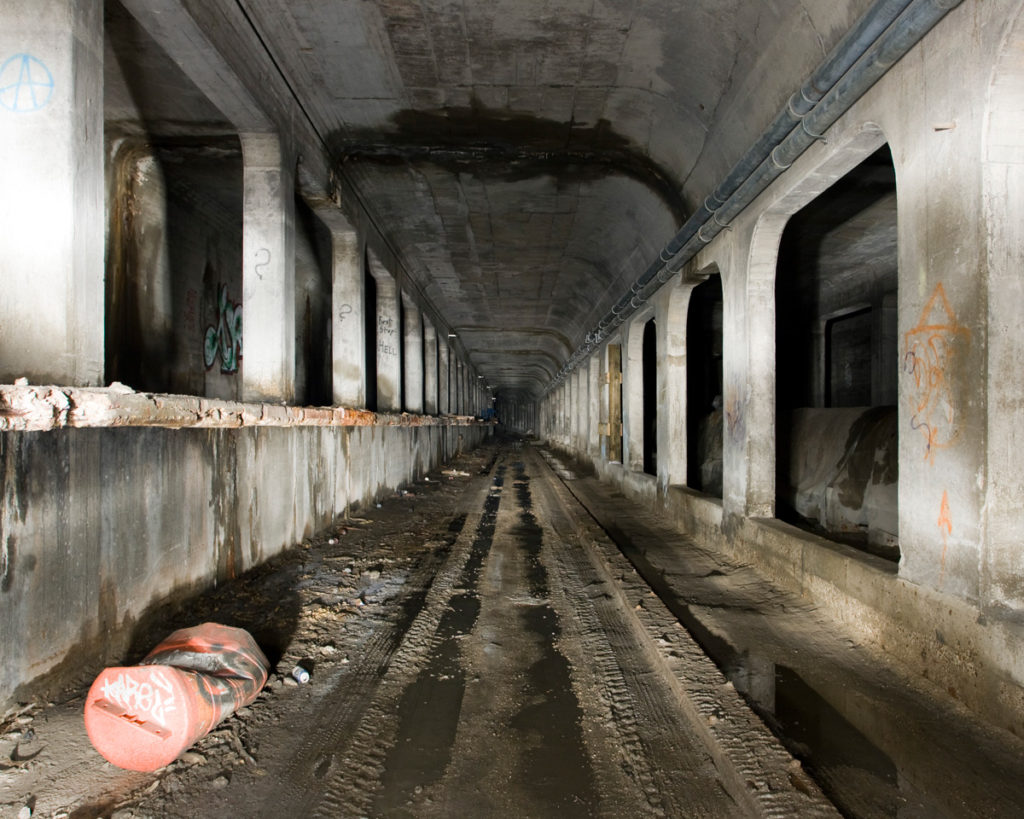

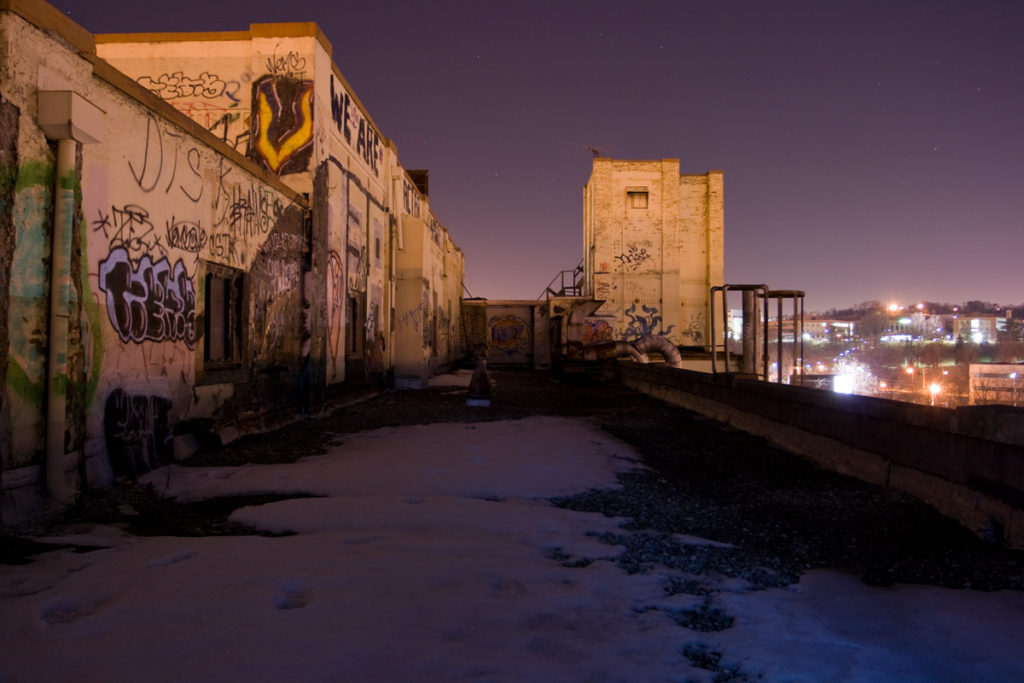

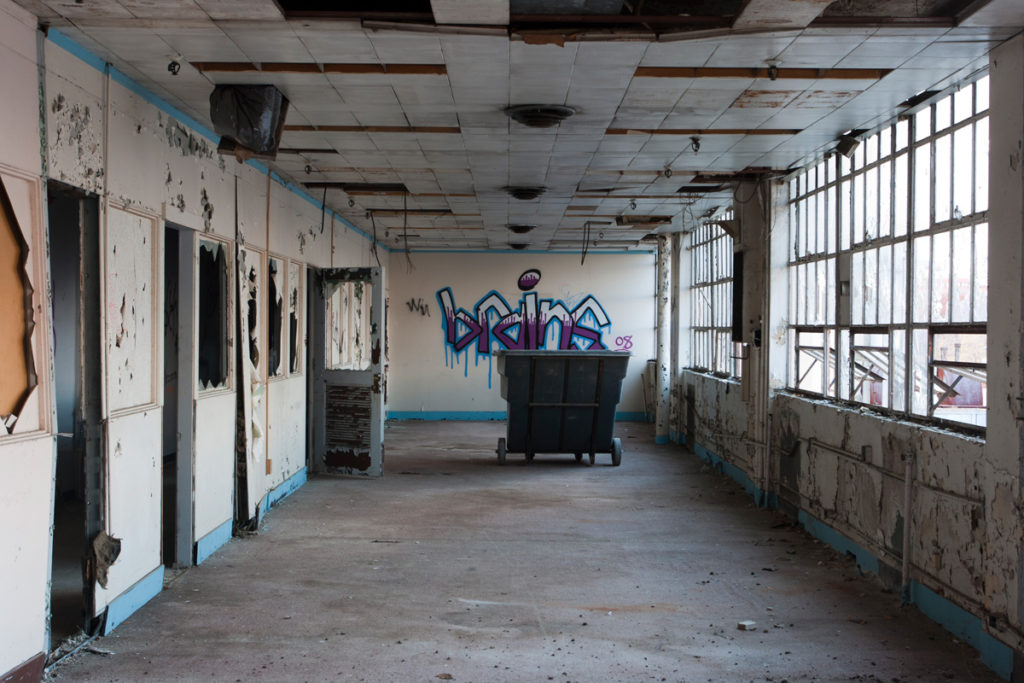
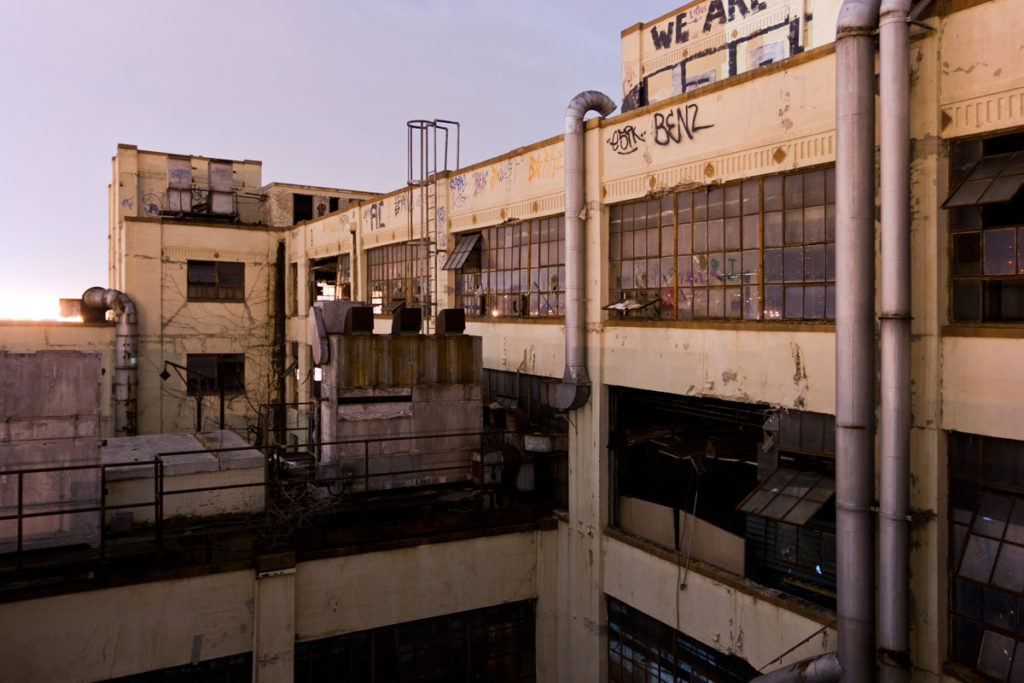
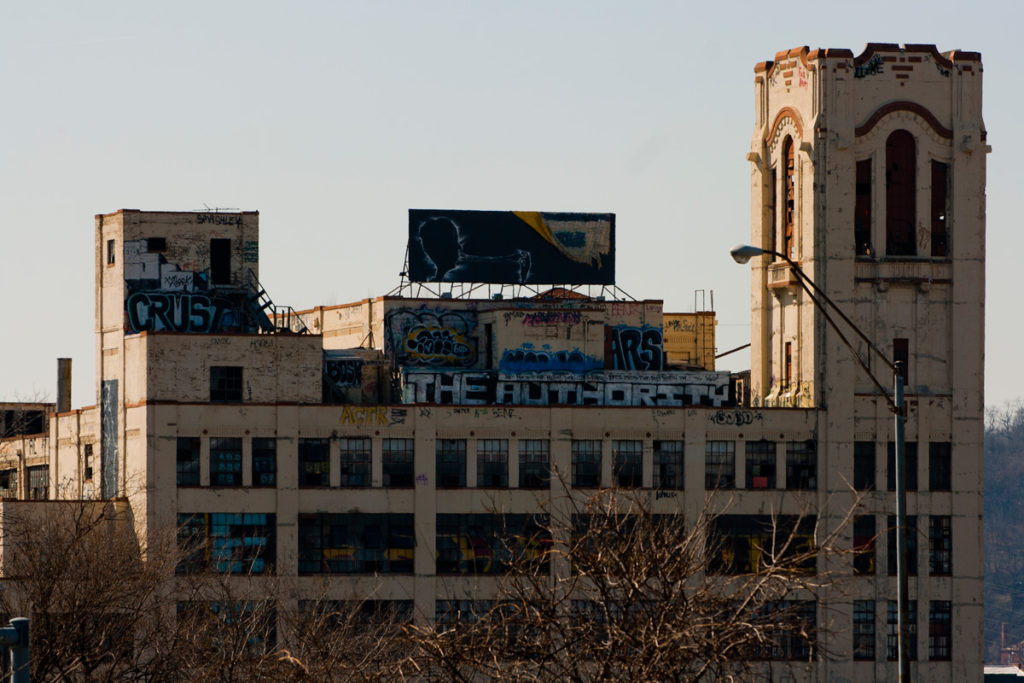
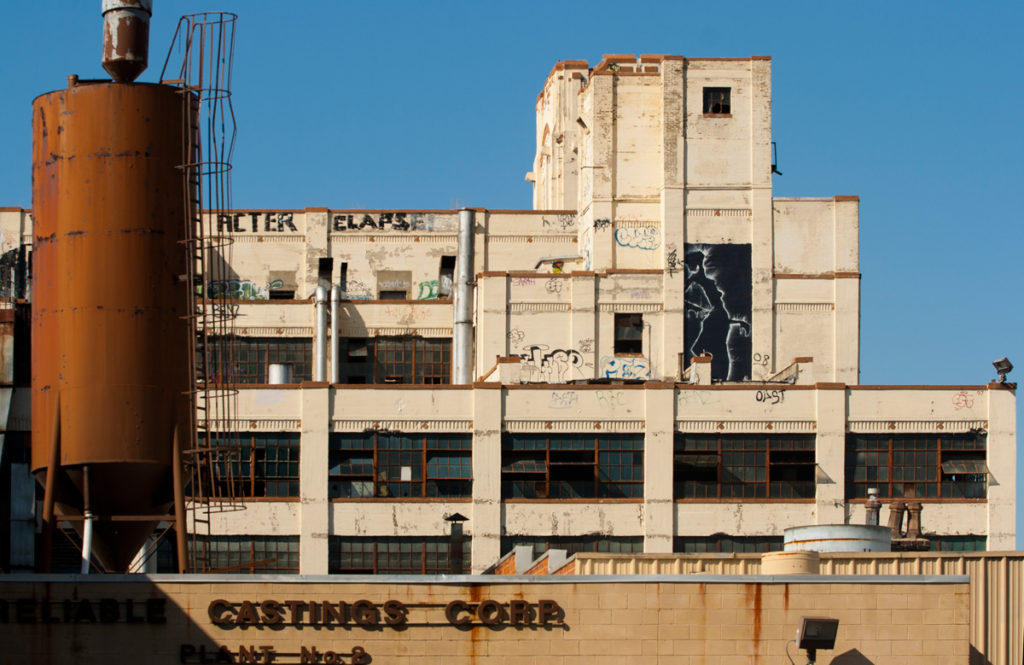
Once you have completed your photo walk from Havre Des Pas to La Collette you should aim to make comparisons with photographers and their work
Your image selection and editing may be guided by this work…and you must show that you can make creative connections.
Albert Renger Patszch and The New Objectivity
https://www.atlasofplaces.com/photography/new-objectivity/
Keld Helmer Petersen
https://www.keldhelmerpetersen.com/1950-1959